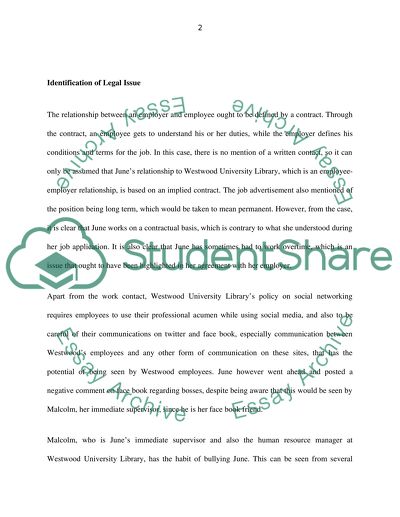Cite this document
(“The Relationship Between an Employer and Employee Case Study”, n.d.)
Retrieved de https://studentshare.org/law/1487589-case-study
Retrieved de https://studentshare.org/law/1487589-case-study
(The Relationship Between an Employer and Employee Case Study)
https://studentshare.org/law/1487589-case-study.
https://studentshare.org/law/1487589-case-study.
“The Relationship Between an Employer and Employee Case Study”, n.d. https://studentshare.org/law/1487589-case-study.


